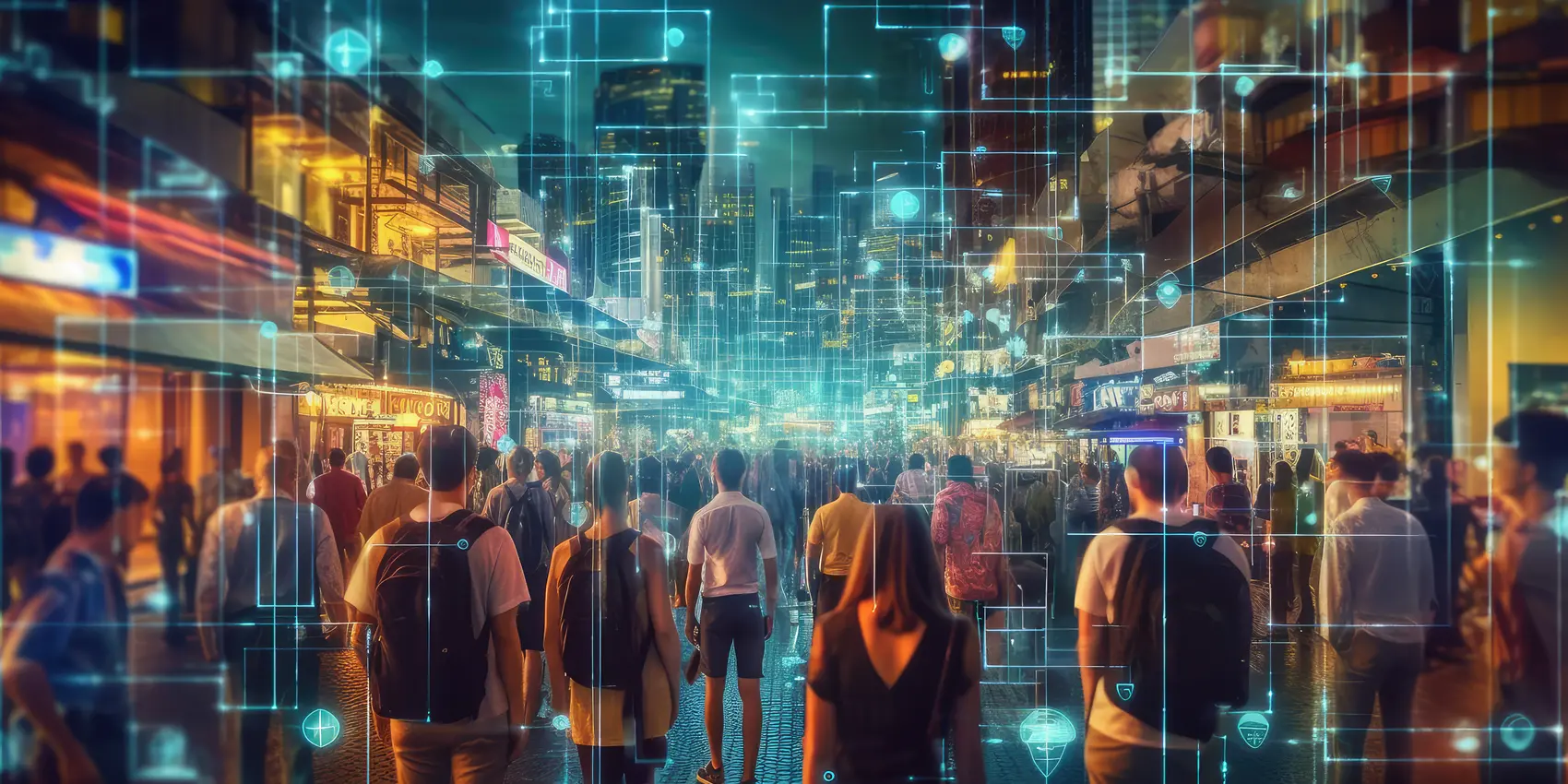Community, Leadership, Experimentation, Diversity, & Education
Pittsburgh Arts, Regional Theatre, New Work, Producing, Copyright, Labor Unions,
New Products, Coping Skills, J-O-Bs...
Theatre industry news, University & School of Drama Announcements, plus occasional course support for
Carnegie Mellon School of Drama Faculty, Staff, Students, and Alumni.
CMU School of Drama
Friday, September 29, 2023
Addressing Copyright, Compensation Issues in Generative AI
News - Carnegie Mellon University: Recent work by Carnegie Mellon University researchers tackles the thorny issues of copyright and compensation for generative AI models that create new images.
A team in the School of Computer Science's Generative Intelligence Lab collaborated with Adobe Research and the University of California, Berkeley, to develop two algorithms to help generative AI models take important steps on these issues.
Subscribe to:
Post Comments (Atom)

4 comments:
I think this is a very interesting issue, and it is one that I am very unsure how I feel about. There is one point relating to this topic that I think about a lot that was not mentioned in this article, and I have not heard many people discuss it. That point is that a major part of innovating and creating is working with what already exists. Whenever a human makes art, they are influenced consciously or subconsciously by other artists and pieces of work they have seen. Some artists will even create art that they will happily announce is inspired directly by a famous artist. How then does this issue translate down to AI? How is a human using tactics from other artists different than artificial intelligence doing it? I don't have a clear answer to this, but I think it is a very interesting point that should be brought into discussions more.
This is something that should be considered by everyone who creates media and art in any form, as well as those who use integrated AI platforms. The way that AI can create sentences or art is by skimming and scanning the internet made available to it and use those pieces to base it's answer or "creation" off of. This means that while it may be viewing public resources, it also can be using copyrighted material that was not legally posted in the internet and therefore has been using it with impunity. My worry is that this may lead to rectrictions on what can be posted on the internet, and may not be focused on limiting the options AI has to scan from. There should be a way that AI could interact with copyrighted material and pays some kind of fee for that, but it is hard to choose where that fix should fall and whether it will be on the company creating AI or the users that inadvertently infringe on copyrights.
This was a very interesting article to read. Definitely one of the biggest questions revolving around AI, and AI in the arts is how to compensate those original artists. I am currently taking a course on AI and art for my Interpretation and Argument class, and many of the articles we’re reading hold strong arguments for AI being credited as genuine art. Especially when those artists have to learn to code, and to create data sets and more for the production of this digital medium. Despite this however, a lot of AI art is definitely drawing off of the work of hundreds of artists, who have spent hours and hours of manual time and work into their pieces, and deserve to be compensated and credited if their work is used. I remember reading as well about how part of the actors strike discussed the fact that certain studios were scanning the bodies of extras, so you could CGI-in a person into the background of a scene. Again, what about proper compensation for the usage of that material? AI is so tricky as it is a tool that merits many opportunities, and yet those opportunities lead for a million questions (like the article mentioned) of how to use it ethically. The creation of the most recent AI tools is definitely a pandoras-box situation, and we’re still figuring out how to handle it.
This article was fascinating! I am in the AI and Art section of Interpretation and Argument and so this article directly relates to the conversation we are having in that class in addition to the research we are doing for our final research paper. I am glad that I read this article because the two research papers that are mentioned are incredibly interesting and helpful to my research. I am planning on researching AI’s interaction and influence in theatrical design. From what I have found this is a highly under researched topic of study. Because of this I decided to conduct some experiments to see what knowledge of theatrical design that Chat GPT could come up with. I asked it to describe a set design for Sweeney Todd in the style of Es Devlin and the result was scary. Now don’t get me wrong, the design itself was awful, but the elements that is discussed with the integration of a large LED screen, it justified because that is a staple of many Es Devlin designs. This directly relates to the research that these students are doing because if we could take out Chat GPT’s knowledge of Es Devlin then that problem of people trying to copy her style couldn’t occur.
Post a Comment